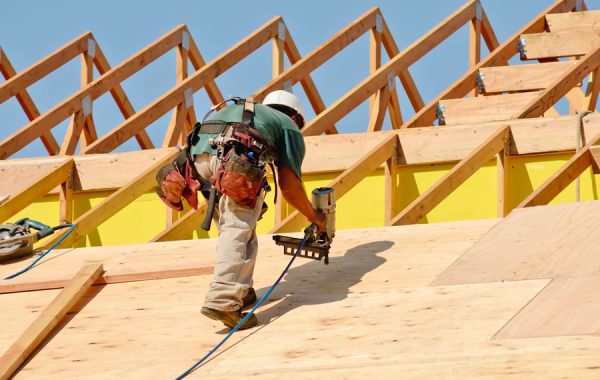Weakening global and national economies, mixed with high borrowing costs and excess inflation, are poking holes in construction’s outlook, said Associated Builders and Contractors’ economist.
Published July 27, 2023

Spending on office construction has risen sharply over the past year, falling only once a month over the past 11 months, according to the ABC analysis. The construction industry is an interesting segment of the economy, and that’s one reason why I’m surprised that construction costs are still so aggressive because project financing is much more expensive than ever before. The economy continues to show unexpected resilience. But Kermit Baker, chief economist of the American Institute of Architects, recently expressed concern about the imminent decline in construction costs in the second half of the year. Even considering that broader growth has been impressive, excluding the fixed manufacturing segment, non-residential spending is barely above inflation at just 6% a year. Most of the increase in construction costs is not because the industry produces more services, but because it charges more for the service it provides. Construction volumes look very similar to pre-pandemic. This suggests that the US is providing the same service to more workers. Inflationary pressures persist Because of the open positions in the construction industry, contractors must be careful to retain existing employees in addition to recruiting. This means more raises and bonuses, which increases the cost of human capital. This then increases the cost of goods and services. In addition, according to ABC’s analysis, building materials are still expensive compared to pre-pandemic conditions. For example, after a brief decline in the second half of 2022, steel prices were under renewed pressure in the first half of 2023. Meanwhile, cement prices continued to rise in recent months, said Chris Delaney, commercial director of the Americas division of construction consultant Linesight. These dynamics could force the Federal Reserve to raise interest rates again shortly after yesterday’s quarter-point increase to curb inflationary concerns. Most seem to believe the central bank is ready after Wednesday’s interest rate hike. It is thought that the Fed may have more work to do.



